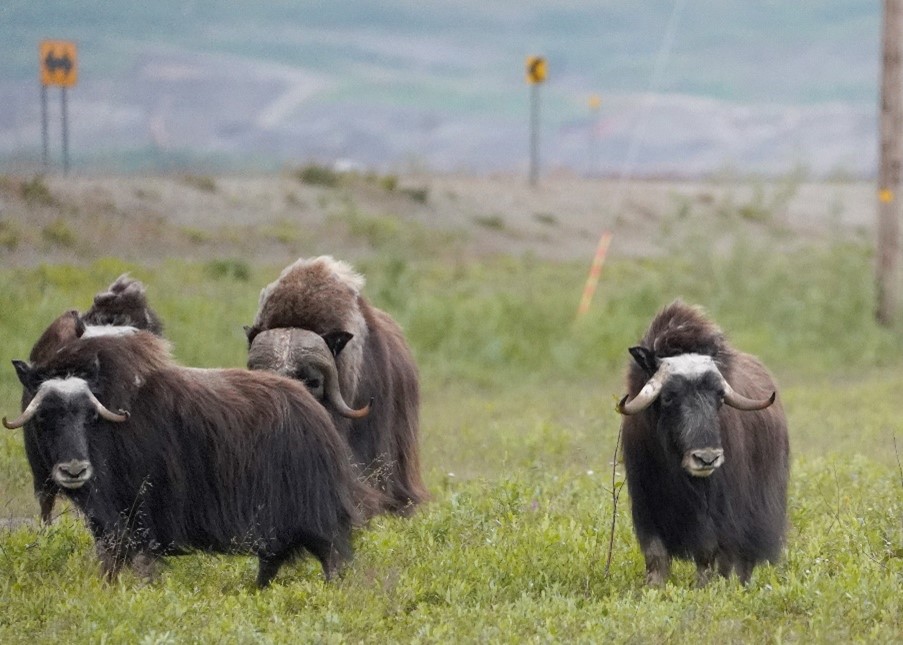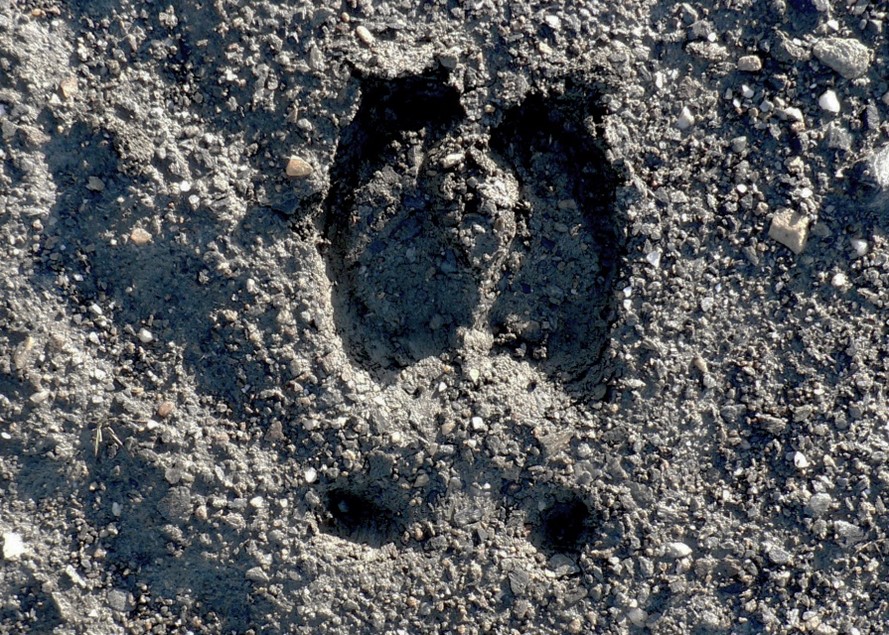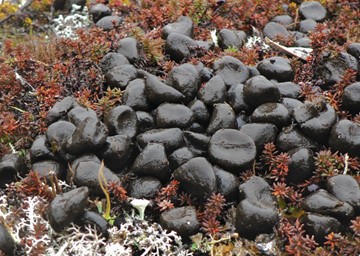Living With Muskoxen
Background
Historical records indicate muskoxen disappeared from Alaska during the late 1800s. They were first transplanted to Nunivak Island from Greenland in 1935 and 1936. Once the population increased, Nunivak Island muskoxen served as the source population for transplants to northern and western Alaska during 1969-1980. Inadequate consultation with residents living in the transplant areas caused a lack of acceptance of these animals that continues to complicate management today. Today, muskoxen and people share similar habitats during the summer months, and muskoxen are often found near subsistence camps, communities and airports-causing a variety of conflicts.
For more information on muskoxen you can read a general description, life history, range and habitat, management and identification at the muskox profile.
Living in Muskox Country
The following are a few pointers to help you avoid unpleasant encounters with muskoxen:
- As with any other wild animal, do not agitate or approach muskoxen.
- Be on the lookout for muskox sign and avoid areas frequented or occupied by muskoxen.
- Keep dogs under control at all times in muskox country. Muskoxen are likely to react defensively when provoked and can easily kill or injure dogs. Do not leave dogs outside of your home unattended. If there are muskoxen in the area, bring your dog inside or place them in a secure freestanding enclosure.
- Be extra careful in spring when cows are protecting their newborn calves and during the breeding season when bulls are fighting for breeding dominance. Bull muskoxen are more aggressive during the fall breeding season which takes place from August through October. Precautions should be taken to avoid disturbing males when in rut.
- View muskoxen from at least 150 feet, give the group a wide birth, and do not corner muskoxen with people or vehicles.
- Pay attention to body language. A muskox that has stopped feeding, walking, or resting has noticed you and may become agitated. A stressed muskox group may form a defensive line and face you. Stressed and agitated animals may snort or sway their head from side to side. Give muskoxen room by retreating from the area.
- Muskoxen are not likely to run from you as moose and caribou do. Muskoxen may appear very tolerant. However, they are powerful animals and may react defensively if they feel threatened.
- If you are charged, run; do not stand your ground. If possible, get behind a building, vehicle or other immovable object and keep the object between you and the muskox while continuing to leave the area.
- Muskoxen may tend to move into areas around homes and cemeteries because they offer structures that are appealing for rubbing. Structures or willows also offer muskoxen a sense of safety and security. Be mindful of structures or willows around your home. Clearing brush and objects from around your home improves visibility and can reduce the likelihood of a chance encounter, in which a muskox is like to respond defensively.
- Muskoxen stand their ground; as a result, it is very difficult to drive muskoxen from areas. You can prevent muskoxen from getting into areas around your home or dog yard by erecting a fence or other physical barrier.
- Do not feed muskoxen, it is both dangerous and illegal.
Enjoy watching muskoxen from a safe distance and avoid unnecessary disturbances.
Links
- Report dangerous muskox situations to your local ADF&G office.
- Muskox Hunting, Viewing, and Identification Guide (PDF 14,488 kB)
- Muskox Hunter Orientation
- Mind Your Muskox Manners: Coloring Page (PDF 130 kB)
- Transplants in Alaska





